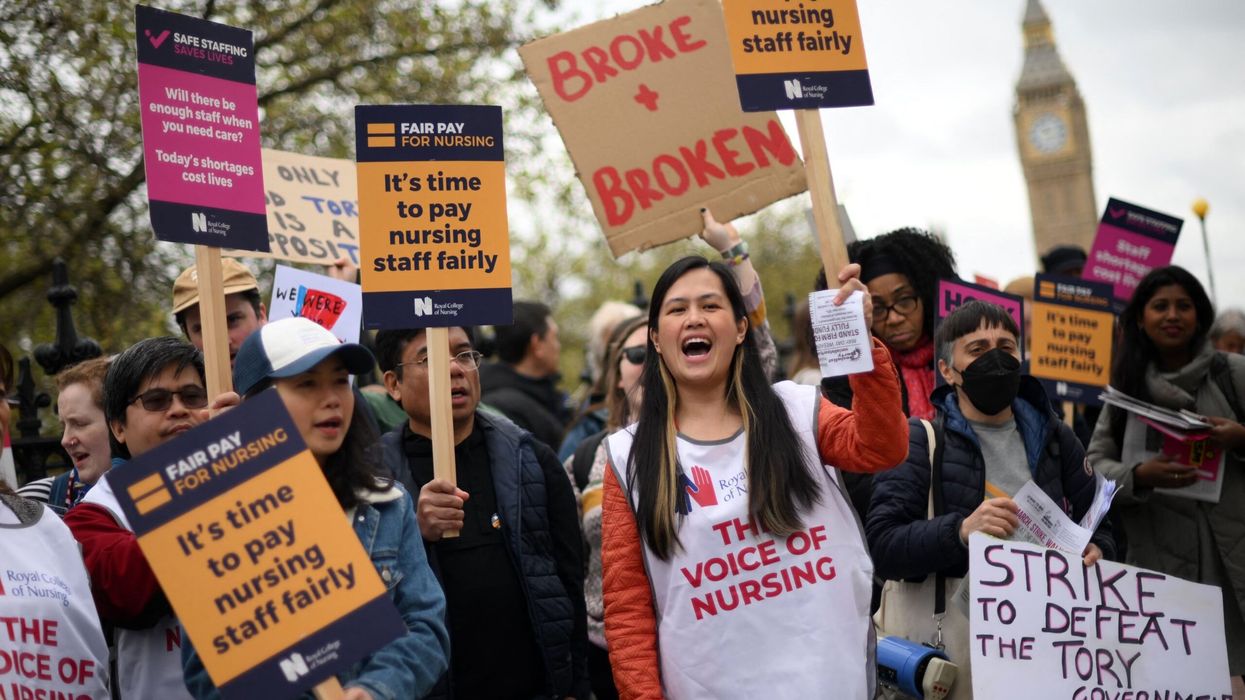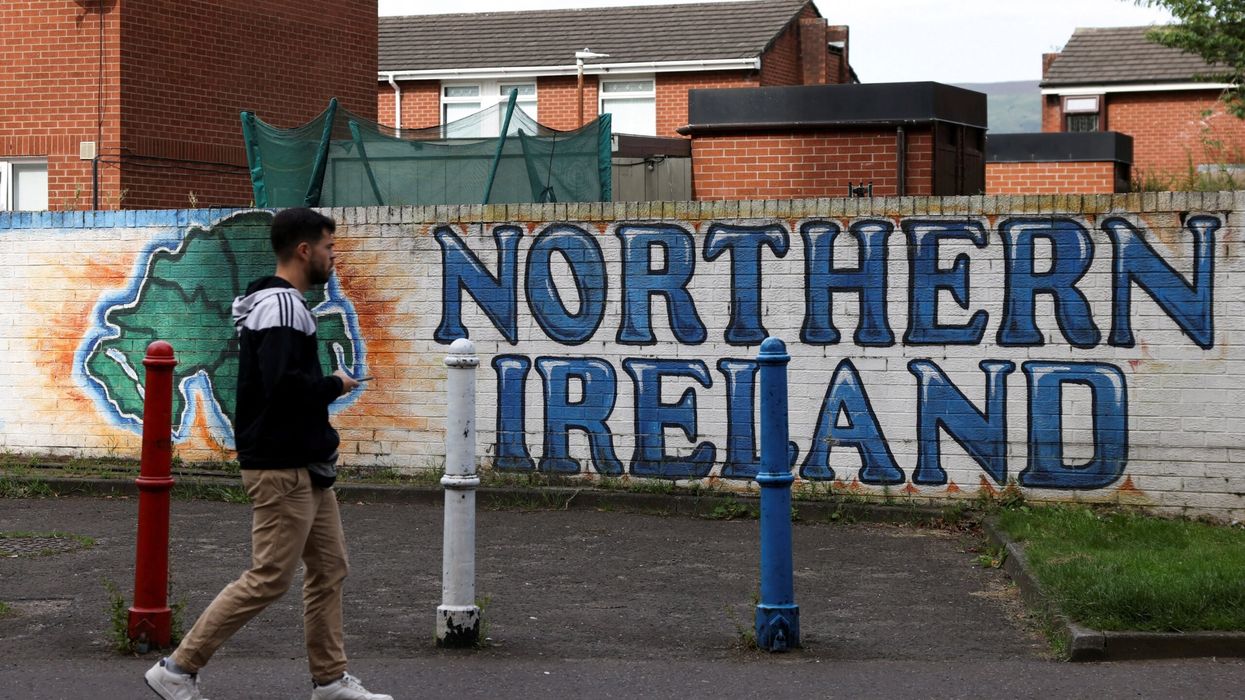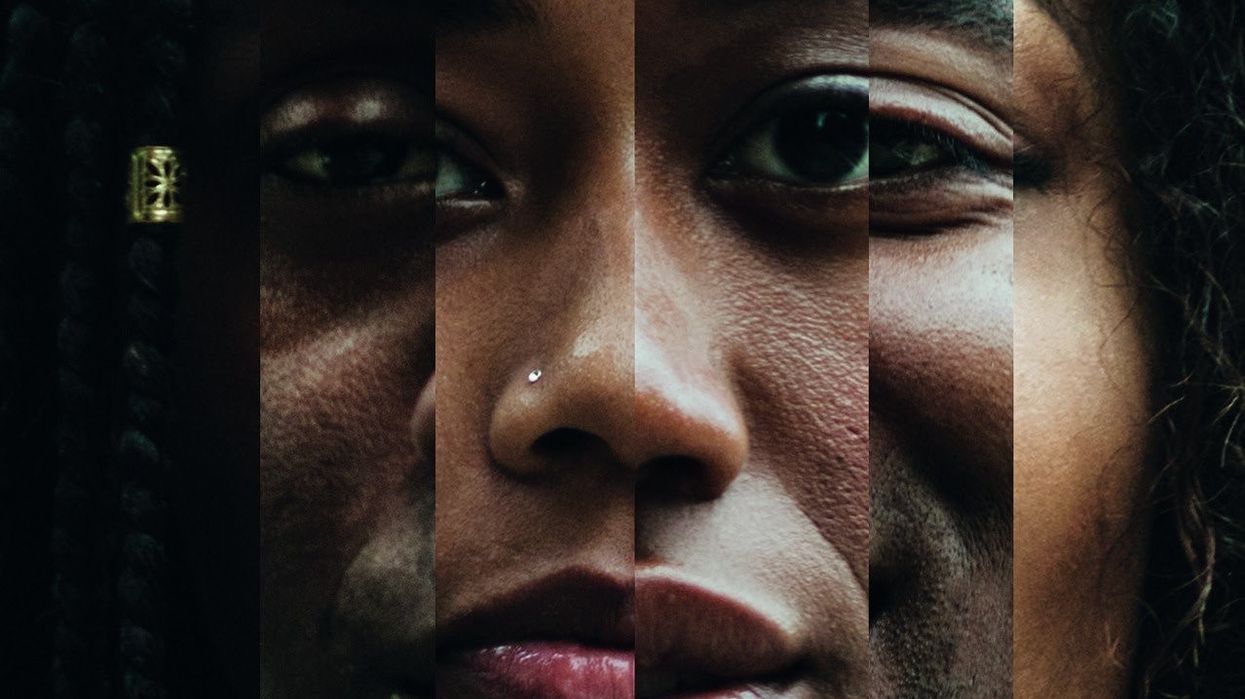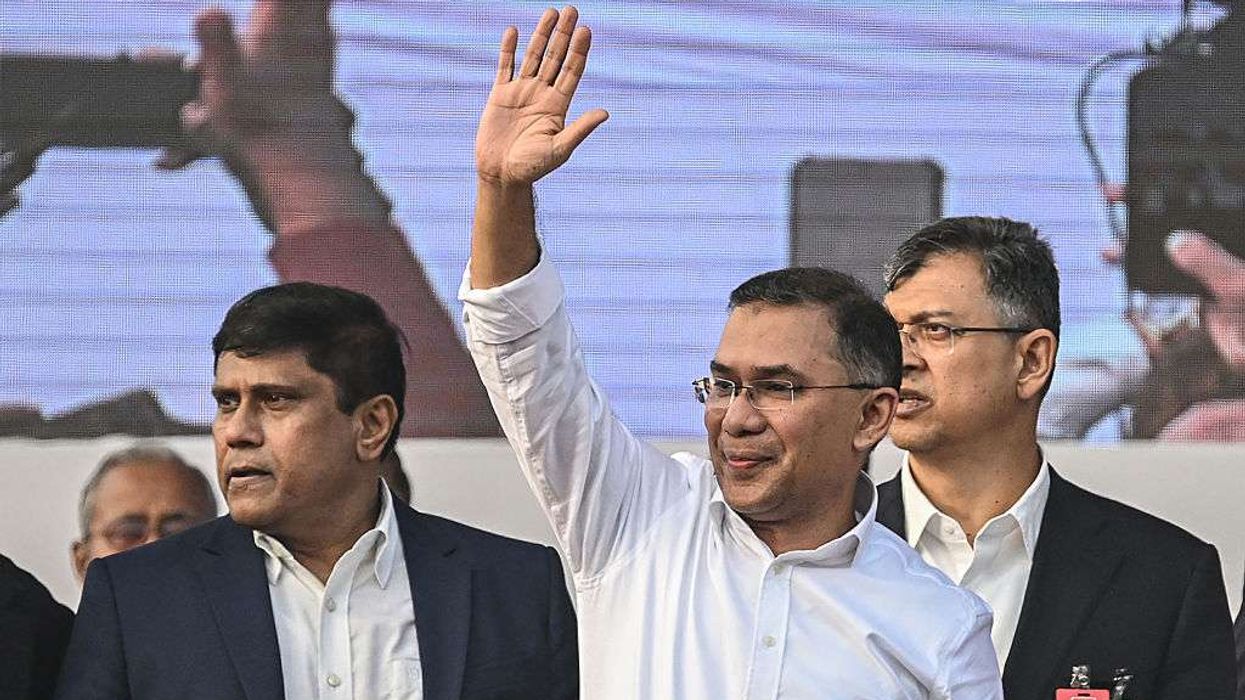by AMIT ROY
QUEEN VICTORIA was the “Empress of India”, but what did she really think of Indians and India?
Kensington Palace, which is inaugurating a new exhibition on Queen Victoria on May 24 to mark her 200th birth anniversary, has consulted a number of historians, including Professor Miles Taylor of York University, author of Empress: Queen Victoria and India, who spoke last month to Eastern Eye.
To get an Indian perspective, the palace also incorporated the “nuanced” views of Dr Priya Atwal, who did her PhD on Queen Victoria as a student at Lady Margaret Hall, Oxford. She is now a teaching fellow in modern south Asian history at King’s College London.
Atwal’s PhD thesis, which she has given to Polly Putman, curator of the forthcoming exhibition, focused on Queen Victoria’s relationship with the family of Maharajah Ranjit Singh and especially his son, Duleep Singh, to whom she was “deeply sympathetic”.
“I spent a lot of time in the royal archives at Windsor Castle and at the British Library in London and various other archives trying to piece together correspondence, the diaries, the photograph albums,” the historian reveals. Atwal says although Queen Victoria became “Empress of India” in 1876, following the uprising in 1857, the monarch’s interest in India dated back almost to 1837 when she came to the throne.
This was a passion she was to share with her scholarly husband, Prince Albert, from their marriage in 1840 until his death in 1861.
She does not whitewash Queen Victoria but Atwal’s central thesis is that during her reign from 1837 to 1901 – only the current monarch has been on the throne longer – Queen Victoria did her best to make British rule in India as “benevolent” as possible.
Atwal is wary of using today’s morality to judge Queen Victoria and events from the past, but nevertheless asserts: “She was not a racist, she was an orientalist – she did respect the cultural difference and was very fascinated by it. It was a much more complex, nuanced way of looking at different civilisations.”
“My view of this is that she understands royal blood – people’s blood as being different rather than skin colour,” Atwal goes on.
“Someone like Duleep Singh she sees as an equal because he is of royal blood – he is a Christian as well.”
Atwal refers to Lord Dalhousie, the governor-general of India from 1848 to 1856, who seized the Kohinoor diamond as war booty and gave it to Queen Victoria.
“Dalhousie thinks Duleep Singh is inferior to him because he is brown whereas Victoria sees Duleep Singh as the superior figure because he is royal. Can you see how that would irritate a British government minister? You want to have control over these Indian royals in order to make the Raj work and the British Queen is an irritation in that sense.”
“She did want to have a close relationship with India and for the government of her empire to be a benevolent thing,” explains Atwal.
Queen Victoria’s royal proclamation of 1858, after the British government back in London had taken over direct control of India from the East India Company, was later hailed by Indian nationalists, including Mahatma Gandhi, as “the Magna Carta of India”.
“Victoria uses the proclamation to say (to Indians), ‘from now on you are going to be my subjects just as much as the British subjects – you are entitled to the same rights and privileges’.
“The proclamation is meant to be offering Indians freedom of religious worship and to assure the maharajahs that none of their states are going to be taken over as long as they remain loyal.
“This is the first time they have a secretary of state for India,” Atwal says.
“You have the viceroy created as well, and the viceroy is meant to represent the crown in India.
“Victoria takes on this image of the Mother Queen and because of the way the proclamation is phrased, she has a liberal image in a public domain.”
But she also makes the point: “At the end of the day it was still an empire. She wasn’t going to give freedom to Indians in that sense. It was still all about enhancing the power of the Crown – you can’t take that away.
“She believes in the power of royalty, she believed monarchs had a right to rule. Of course, she understood it had to be in a responsible constitutional way, that times had changed. She was deeply sympathetic to Duleep Singh and really wanted him to maintain his royal status but was she ever going to give him the Punjab or the Kohinoor back? No, of course, she wasn’t going to.”
That said, Queen Victoria corresponded directly with the Begums of Bhopal, and “met the Maharajah and Maharani of Cooch Behar – she loved them. She thought they were beautiful and glamorous.”
But when, “Duleep Singh’s mother Jind Kaur comes to London in 1861, Victoria never meets her. It is also the time that Albert dies. Victoria’s private court is involved in trying to keep Duleep Singh and his mother separate because there were fears he would backslide into native ways if he is influenced by his mother. Victoria continues to speak to Duleep Singh in this time, but she never meets Jind Kaur.”
Atwal concludes: “The empire perspective needs to be added to Victoria’s story. That is why it is so nice to work with Historical Royal Palaces.”











